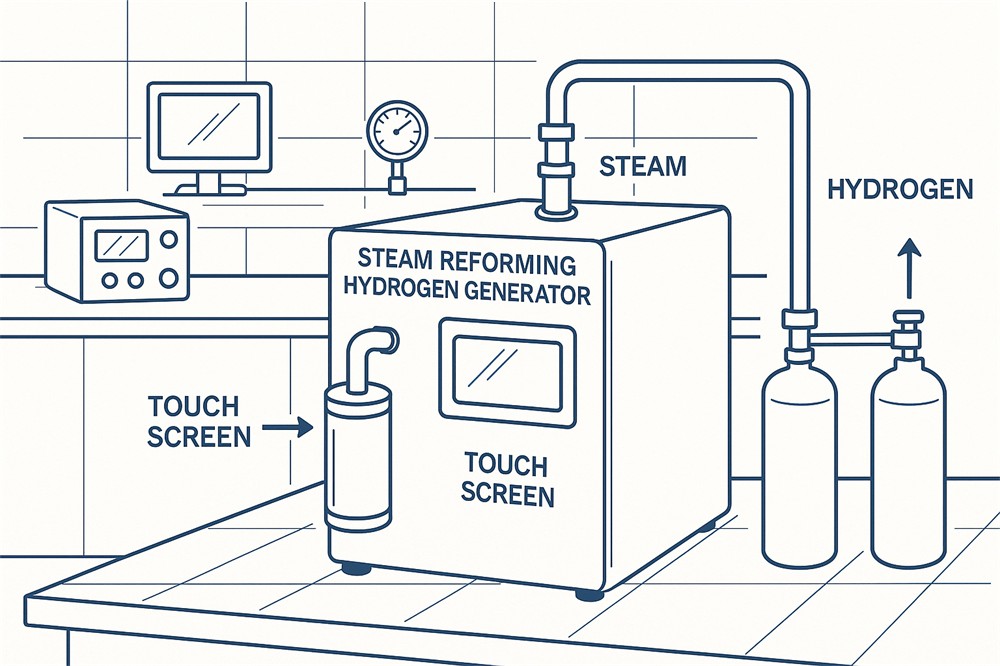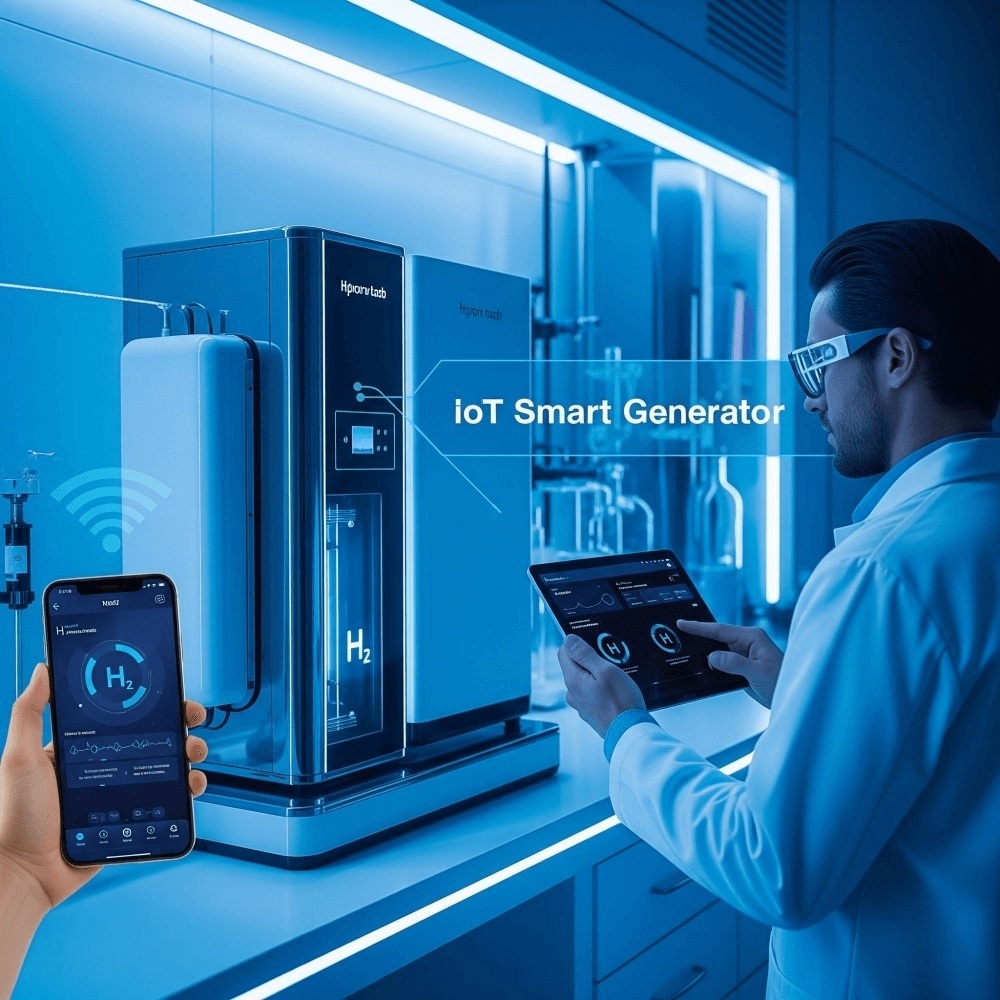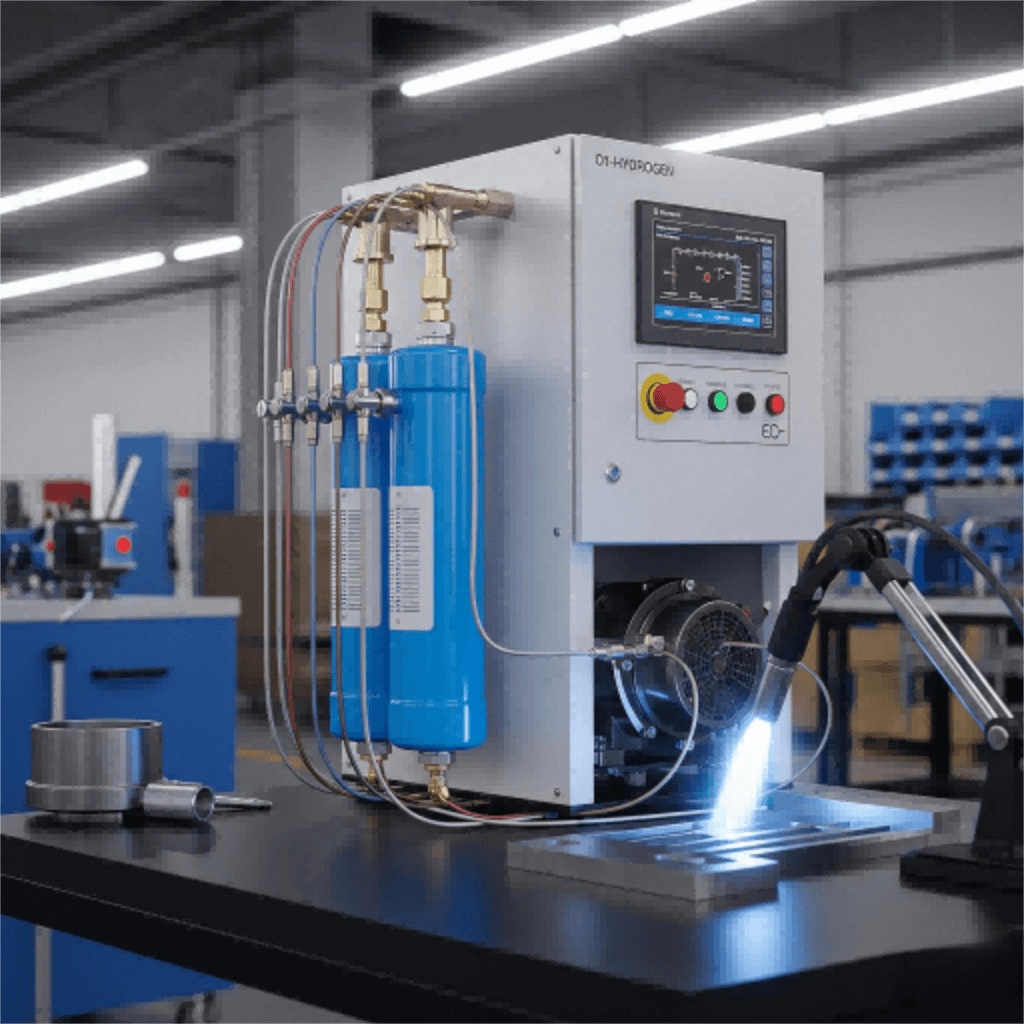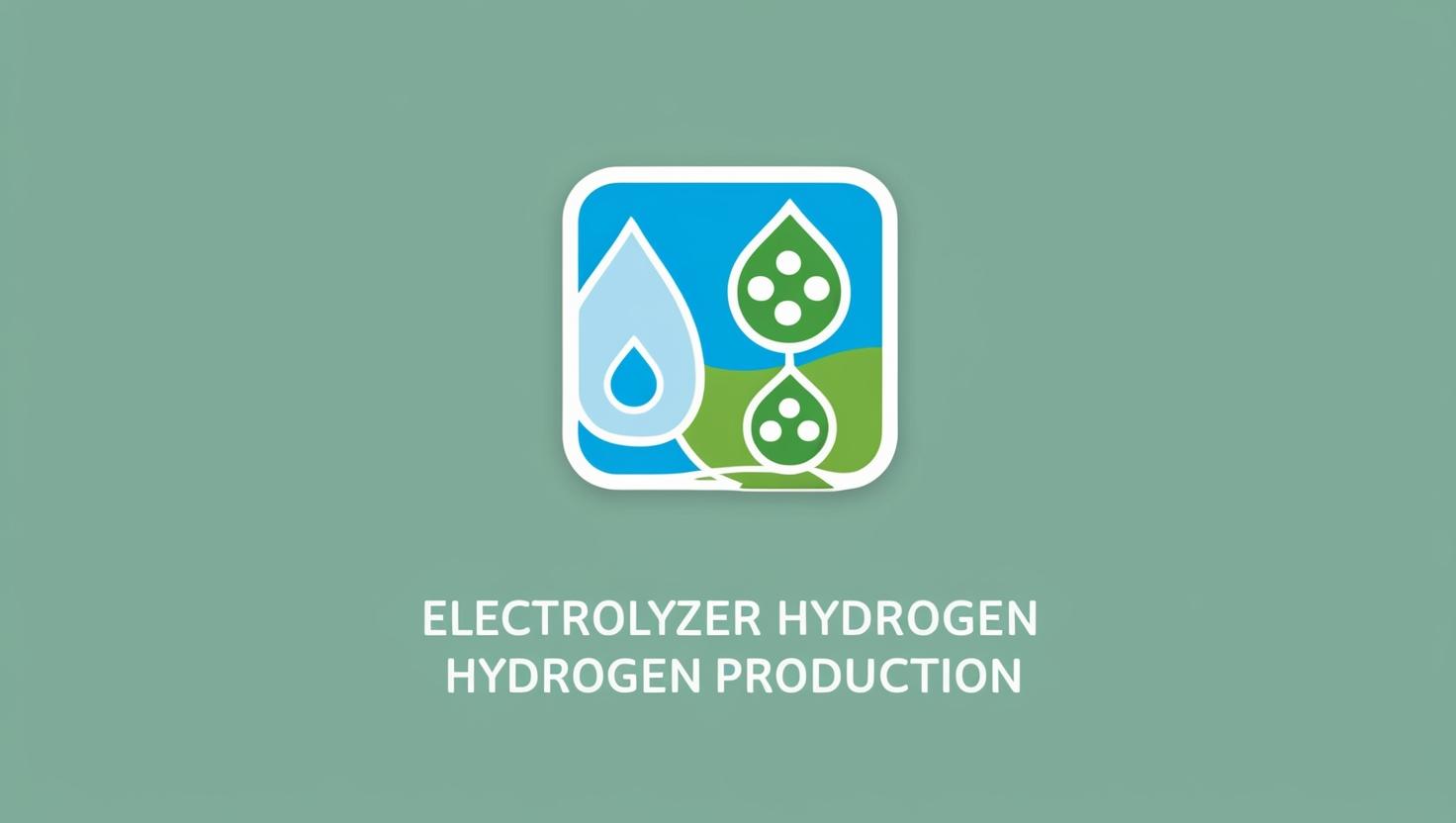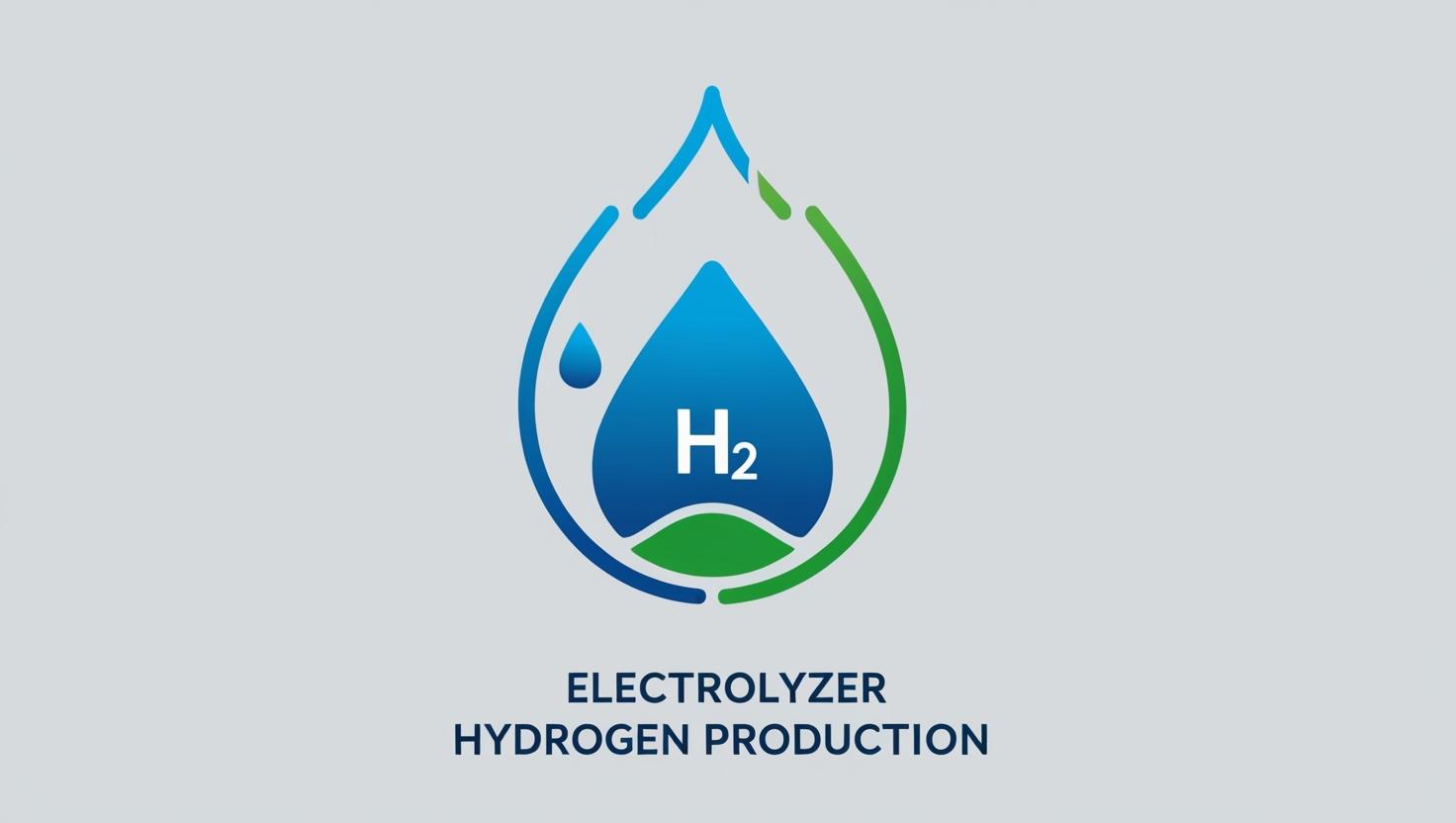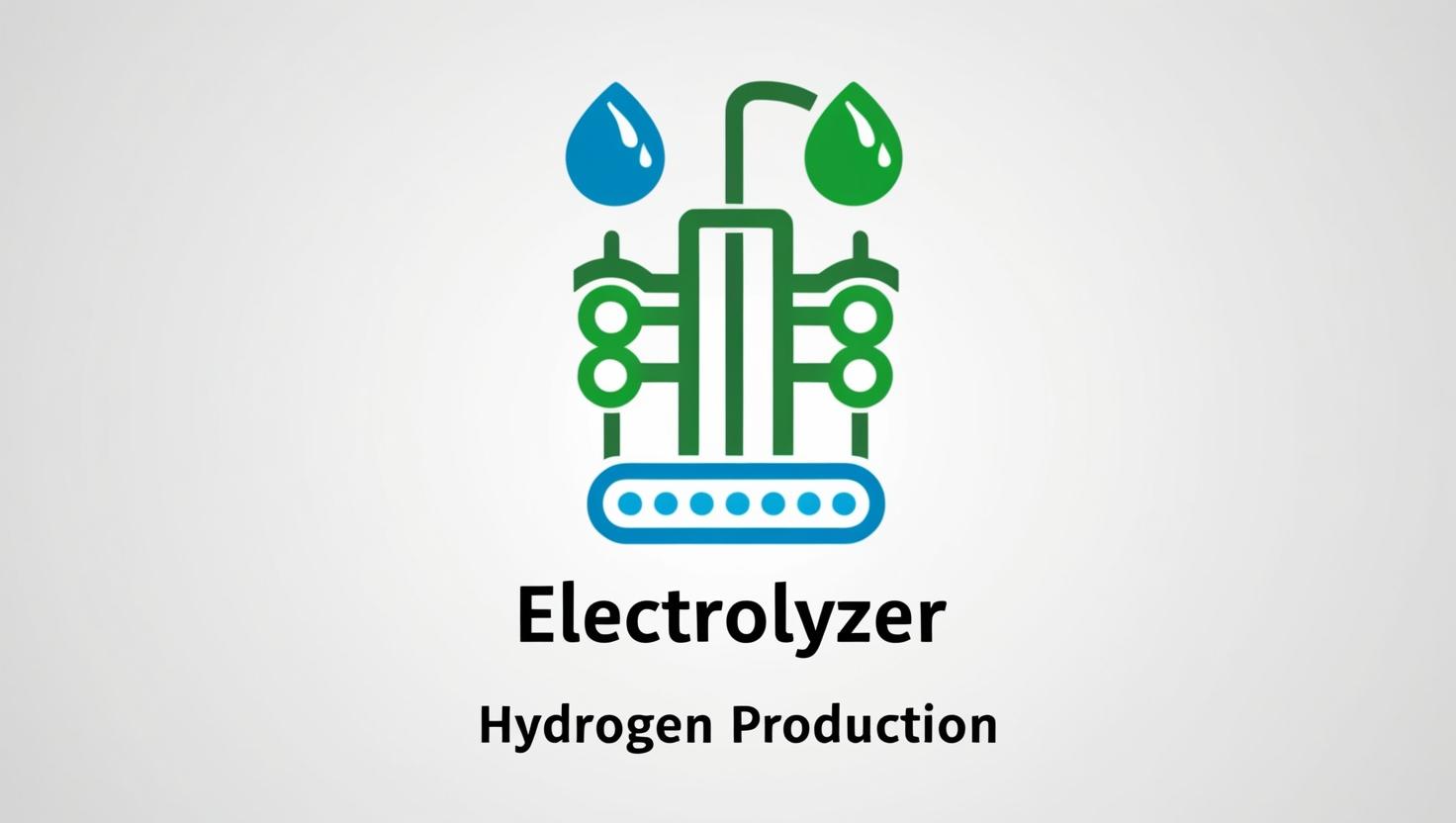Introduction
As the world races toward a cleaner, more sustainable future, green hydrogen is gaining momentum as a pivotal energy source. Not only does it offer a zero-emissions fuel alternative, but it also has the potential to revolutionize industries ranging from transportation to energy storage. At the heart of this innovation is the Proton Exchange Membrane (PEM) electrolyzer — a cutting-edge technology that converts water into hydrogen using clean electricity.
Hele Titanium Hydrogen, a premier H2 hydrogen generator factory and HYDROGEN electrolyzer manufacturer, is leading the charge in hydrogen innovation. This article explores how PEM electrolyzers work, what makes them ideal for modern hydrogen production, and what goes on inside a high-tech hydrogen production facility.
Let’s dive into the world of hydrogen and understand why PEM water electrolysis is powering a cleaner tomorrow.
The Rise of Green Hydrogen Production
What is Green Hydrogen?
Green hydrogen is produced using renewable electricity (such as wind or solar) to split water (H₂O) into hydrogen (H₂) and oxygen (O₂). Unlike gray or blue hydrogen, green hydrogen emits zero carbon emissions during its production.
Environmental and Global Impact
The environmental impact is profound:
- No greenhouse gas emissions
- Utilizes abundant water resources
- Powered by renewable energy
Applications of Green Hydrogen
Green hydrogen is gaining traction in:
- Transportation: Fuel cell vehicles, buses, and trains
- Industry: Steelmaking, refining, and ammonia production
- Energy Storage: Balancing intermittent renewable energy supply
As countries ramp up their clean energy targets, green hydrogen production will become a cornerstone of global energy strategies.
Understanding PEM Electrolyzer Technology
How PEM Water Electrolysis Works
PEM (Proton Exchange Membrane) electrolyzers use a solid polymer membrane as the electrolyte. Here’s the process:
- Water is fed into the electrolyzer.
- Electric current splits the water into hydrogen and oxygen.
- Hydrogen is collected at the cathode, while oxygen is released at the anode.
This method is known as WATER ELECTROLYSIS HYDROGEN production.
Core Components of a PEM Electrolyzer
- Membrane: Conducts protons while blocking gases
- Anode/Cathode: Electrodes where water splitting occurs
- Catalyst Layer: Typically made of platinum or iridium to speed up reactions
- Flow Plates: Distribute water and collect gases
Why Choose PEM?
- High Efficiency: Low energy losses during operation
- Fast Response Time: Instantly adapts to changes in energy input
- Compact Design: Ideal for modular and mobile systems
- Ultra-Pure Hydrogen Output: Essential for sensitive applications like fuel cells
PEM technology is not just a cleaner choice — it’s a smarter one.
A Tour Inside a H2 Hydrogen Generator Factory
Layout of a HYDROGEN H2 Production Factory
A modern hydrogen factory includes:
- Electrolyzer Assembly Line
- Testing & Calibration Stations
- Water Purification Units
- Storage and Gas Handling Zones
- Quality Control Labs
Manufacturing PEM Electrolyzers
The process includes:
- Precision component manufacturing
- Membrane-electrode assembly (MEA) stacking
- System integration and leak testing
Hele Titanium Hydrogen ensures each unit meets rigorous standards, resulting in superior PEM water electrolysers.
Innovation at Hele Titanium Hydrogen
The company is recognized for:
- Cutting-edge R&D
- Sustainable manufacturing practices
- Customizable electrolyzer designs
Production Capacity and Scalability
Typical Production Volumes
Hele Titanium Hydrogen’s factory is capable of manufacturing:
- Compact lab-scale units for LABORATORY WATER ELECTROLYSIS
- Large-scale PEM hydrogen generator systems for industrial deployment
Flexible Deployment
PEM electrolyzers can be scaled up or down depending on:
- Hydrogen demand
- Available energy sources
- Site footprint
This adaptability makes PEM ideal for startups and multinationals alike.
Efficiency Metrics and Performance
Key Performance Indicators (KPIs)
PEM electrolyzers are evaluated by:
- Energy Efficiency (kWh/kg of H₂): Lower is better
- Hydrogen Purity: Often exceeds 99.999%
- Current Density (A/cm²): Higher values indicate greater throughput
What Influences Performance?
- Operating temperature
- Pressure settings
- Water purity
- Electrode material
Hele Titanium Hydrogen’s units are engineered for optimal performance even in demanding environments.
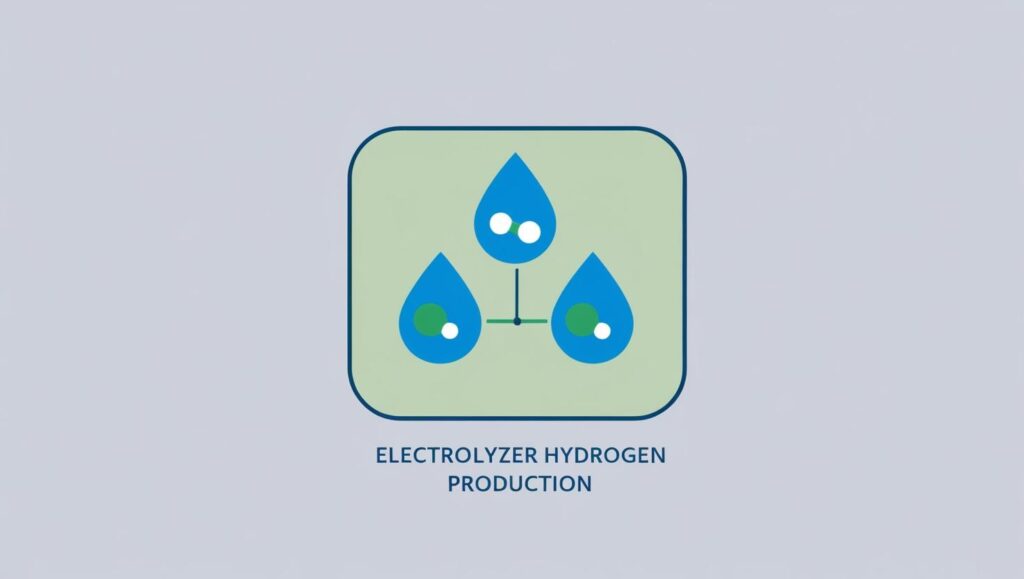
Maintenance and Longevity of PEM Electrolyzers
Routine Maintenance Tasks
- Replacing filters
- Monitoring voltage/current levels
- Inspecting gaskets and seals
Component Durability
Key components like membranes and catalysts can degrade over time due to:
- Water impurities
- Over-voltage
- Thermal cycling
With proper care, modern systems last 10-15 years or more.
Tips for Extending Life
- Use high-purity deionized water
- Monitor for leaks regularly
- Follow OEM guidelines
Applications for Hydrogen Water Generator Technology
Portable Hydrogen Water Generators
These compact devices allow users to infuse hydrogen gas into drinking water, offering:
- Antioxidant benefits
- Improved hydration
Hydrogen-Rich Water Cups
Popular in wellness circles, these rechargeable cups use PEM electrolyzers to enrich water with molecular hydrogen.
Alkaline Water Bottles
Combining hydrogen infusion with pH adjustment, these bottles support better metabolism and detoxification.
Keywords: Hydrogen water generator, HYDROGEN WATER GENERATOR
Frequently Asked Questions (FAQs)
1. What is a PEM electrolyzer used for? A PEM electrolyzer splits water into hydrogen and oxygen using electricity, producing high-purity hydrogen for clean energy applications.
2. How is green hydrogen different from other hydrogen types? Green hydrogen is produced using renewable energy and has zero carbon emissions, unlike gray or blue hydrogen.
3. How long does a PEM electrolyzer last? With proper maintenance, a PEM electrolyzer can last 10–15 years or more.
4. Is PEM technology suitable for small-scale hydrogen production? Yes, PEM electrolyzers are highly scalable, making them perfect for both lab setups and large factories.
5. What water quality is needed for hydrogen production? Deionized or distilled water is preferred to prevent membrane degradation and ensure efficiency.
6. Where can I buy a reliable hydrogen generator? Hele Titanium Hydrogen offers a wide range of PEM hydrogen generators for both industrial and personal use.
Conclusion
PEM electrolyzers are at the forefront of green hydrogen production, enabling efficient, scalable, and clean hydrogen generation. From small hydrogen water generators to industrial H2 hydrogen generator factories, this technology is unlocking new possibilities for sustainable energy worldwide.
Hele Titanium Hydrogen stands out as a trusted HYDROGEN electrolyzer manufacturer, delivering state-of-the-art systems tailored to diverse needs. Whether you’re launching a hydrogen-powered fleet or exploring wellness solutions like hydrogen-rich water, their expertise can guide your journey.
👉 Contact Hele Titanium Hydrogen today to learn more or request a custom solution.

